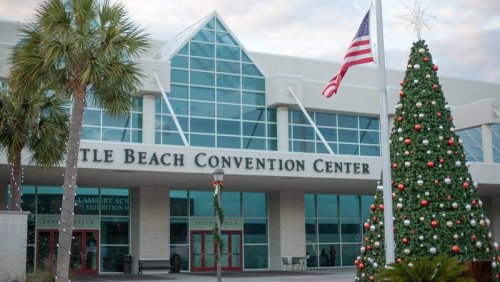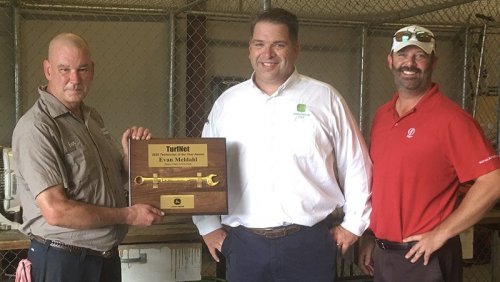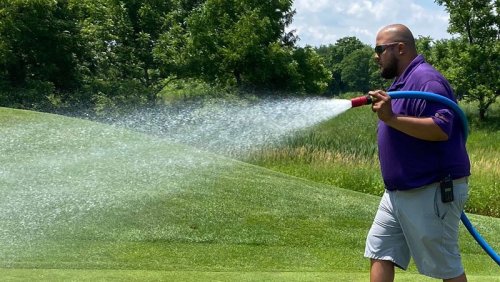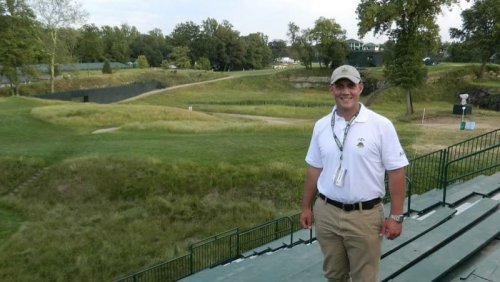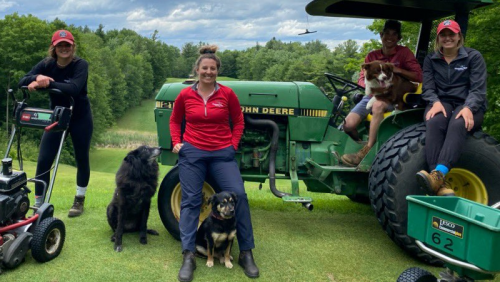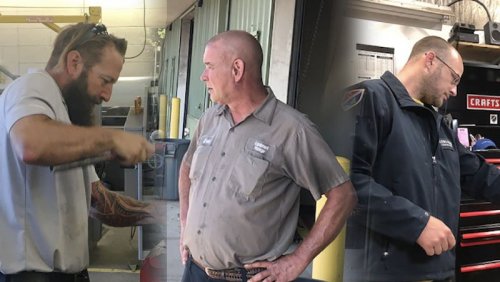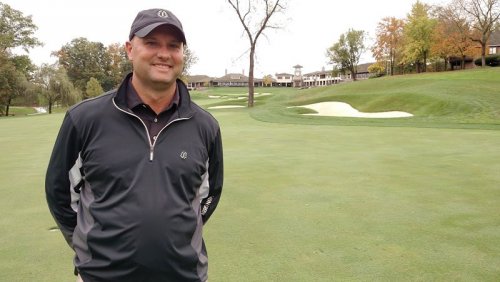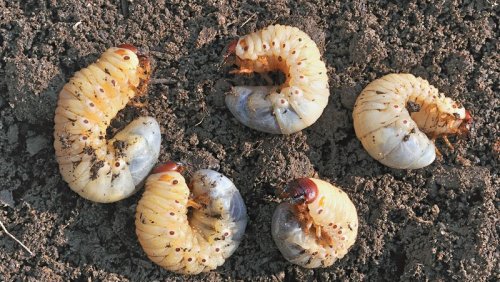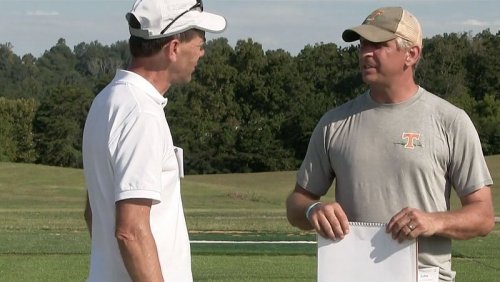
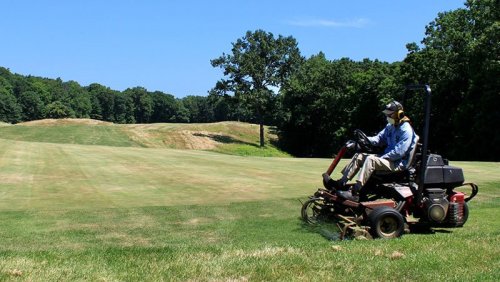
The pictures out of Yale Golf Course since spring have been, to say the least, pretty shocking. Images of unkempt greens, unmowed turf, weed-filled bunkers and patches of brown that until just a few weeks before were lush and green and awaiting golfers stand in stark contrast to Yale's historic place among the country's elite golf courses.
Among those images, the most startling to golfers was a sign indicating that Yale, widely considered to be the best university course in the country and a regular fixture on top-100 lists, would remain closed through August.
The course in New Haven, Connecticut was designed nearly 100 years ago by Seth Raynor. Conditions there this year have left members eager to play the layout wondering why it has been, for the most part, neglected when golf courses throughout the rest of Connecticut are open for play.
"I can understand the frustration that some alumni and members may be feeling, however, I am in year two of my time at Yale working on a 40-year problem mixed in with a global pandemic," Yale athletics director Vicky Chun said via email. "I applaud our grounds crew and staff working directly with the course and I'm excited to hire a general manager and superintendent who will lead us into the future.
The story of Yale Golf Course in 2020 is like most everything else this year, a complicated matter with no easy answers.
The Yale campus was shuttered in mid-March, which included closing the golf course, which the university traditionally treats as part of the overall university infrastructure rather than a standalone golf entity. All employees across all sectors of campus operations were sent home until further notice. According to Chun, the AD at Yale since July 2018, what she described as a "skeletal crew" was permitted to stay on and work a minimal number of hours to maintain the golf course.
"Once the university made the decision on the Spring semester due to the COVID-19 pandemic, nearly all of our staff joined our students in a remote setting," Chun said via email. "In keeping the health and safety of our employees at the forefront of our decisions, a skeletal crew worked at both the Yale Golf Course and Yale Bowl fields. Even though the golf course grounds crew was skeletal, we did receive permission to add additional hours to their schedule."
Complicating matters was the departure of superintendent Scott Ramsay, CGCS, in early March, two weeks before the shutdown. Ramsay, the 2006 TurfNet Superintendent of the Year, had been at Yale since 2003. Yale is a union campus, and even if Ramsay had stayed, the university's collective bargaining agreement with the employees union likely would have prevented the superintendent, a management position, from working on the golf course during the shutdown.
General manager Peter Pulaski also had left Yale earlier this year. Once a GM is hired, that person will set about the task of hiring a superintendent. Until then, Ramsay's former assistant Matthew Golino is in charge. The rest of the staff finally was permitted to return to the course full time in early July.
Yale is ranked No. 49 on Golfweek's list of Top 100 Classic Courses, and No. 1 on the publication's list of Top 30 Campus Courses. Getting the course there and keeping there always made Ramsay work extra hard for his lofty Superintendent of the Year status, and he has said in the past that it was always a challenge to unwind years of neglect that occurred before he arrived in New Haven in 2003.
The club, which is subject to flooding, recently completed a $400,000 drainage project, and was well on its way to marked improvement until Ramsay left for the Country Club at Farmington and the coronavirus arrived in his place.
"The Yale Golf Course is one of numerous athletic facilities that we are extremely proud of and have plans to improve," Chun said. "When I started as Director of Athletics, I immediately recognized the importance of the course and we pushed its improvement where it was better maintained this last year as compared to the recent past. I have had many discussions with alumni who are excited about the direction the course is headed in terms of improvements. A strategic plan has been started to bring the course back to its glory. We were on our way until COVID-19 hit."
- Read more...
- 6,399 views

